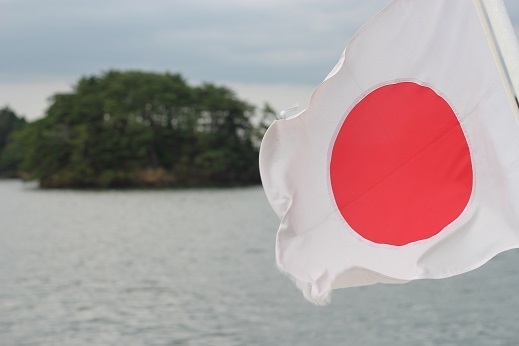Project Description
Given that many invaders in North American forests use essential resources differently
than co-occurring native species and possess different trait values, I want to know if these different traits exist in invader home ranges, or if they evolved
as a result of genetic bottlenecks or selection imposed by repeated human introductions in their away ranges. Focusing specifically on leaf traits related to carbon
assimilation, this study examines four Eastern North American invaders that were native to East Asia: Celastrus orbiculatus, Euonymus alatus,
Lonicera japonica, and Viburnum dilatatum. Traits of individuals growing in both Northern Japan (Sendai), and Eastern North America are being assessed to observe differences
in photosynthetic traits between ranges for these species. I also selected three North American native species for native/invader contrasts in Eastern North America: Prunus virginiana , Cornus racemosa, and Viburnum acerifolium.
I hope that the results of this study will provide further insight into how invaders become prolific and spread throughout their new ranges.
This project is a collaboration with Dr. Kouki Hikosaka at Tohoku University, Sendai, Japan. Funding for this project was provided with a NSF-EAPSI award to Kelsey Martinez in 2016.
